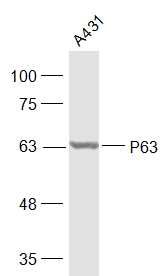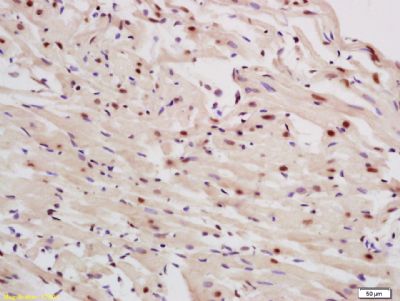Specific References (6) | SL0723R has been referenced in 6 publications.
[IF=4.197] Jianmin Li. et al. miR-184 targets TP63 to block idiopathic pulmonary fibrosis by inhibiting proliferation and epithelial–mesenchymal transition of airway epithelial cells. Lab Invest. 2020 Sep;101(2):142-154 WB,IF,IHC ; Human.
[IF=5.116] Jian Liu. et al. Involvement of miRNA203 in the proliferation of epidermal stem cells during the process of DM chronic wound healing through Wnt signal pathways. Stem Cell Res Ther. 2020 Dec;11(1):1-10 IHC ; Rat.
[IF=2.24] Yang Rong-Hua, et al. An improved method for the isolation and culture of rat epidermal stem cells. International Journal of Clinical and?Experimental Pathology6.11 (2013): 2529-2534. ICC ; Rat.
[IF=4.147] Bolun Cheng. et al. Genetic association scan of 32 osteoarthritis susceptibility genes identified TP63 associated with an endemic osteoarthritis, Kashin-Beck disease. Bone. 2021 Sep;150:115997 IHC ; Human.
[IF=1.889] Shian Liao. et al. Construction of autophagy prognostic signature and analysis of prospective molecular mechanisms in skin cutaneous melanoma patients. Medicine. 2021 Jun 4; 100(22): e26219 IHC ; Human.
[IF=2.894] TingLu Ye. et al. 5-aminolevulinic acid photodynamic therapy inhibits invasion and metastasis of SCL-1 cells probably via MTSS1 and p63 gene related pathways. Photodiagn Photodyn. 2020 Dec;32:102039 FC ; Human.


